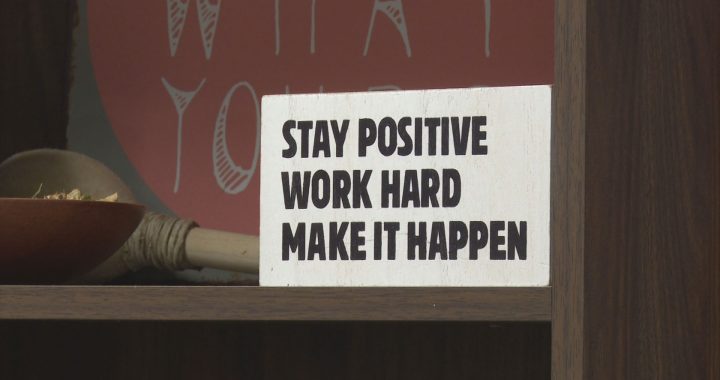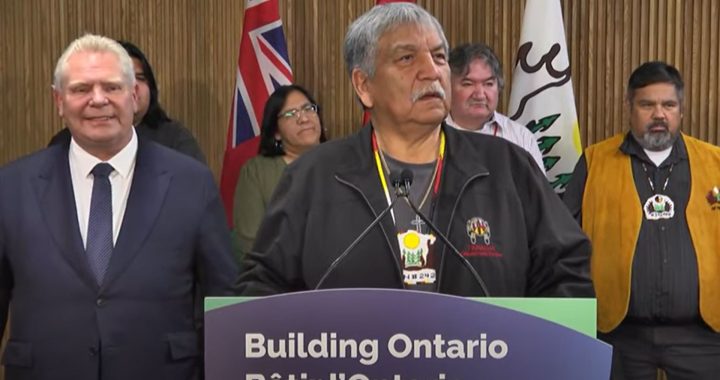When Allan Adam read a joint study from Yale University in the United States and Environment Canada, he says it affirmed everything his community has been finding for years.
“We’ve been doing our own community-based monitoring program probably back in 2010, 2009. We do water sampling and everything and stuff like that. We’ve been finding samples of abnormality, that’s not right in the ecosystem,” says the chief from Athabasca Chipewyan First Nation.
“This just confirms the fact that what they found, we’ve been finding all along.”
The study started in 2018 and measured carbon gases emitted at 17 facilities by recording the measurements in a plane at the Athabasca tarsands and compared their findings to industry records from ground level.
What researchers found was that emissions were 19 to 64 times higher than what companies were reporting. The gases measured are not greenhouse gas emissions that lead to climate change but can lead to health issues downwind of the sites.
“The issue with having high emissions is that ultimately all of these gas-phase compounds end up forming particulate matter downwind,” says John Liggio, a scientist with Environment Canada and a co-author of the study. “Sometimes near, sometimes far along the way. And PM [particulate matter] as we know is a health issue around the world.
“The PM is similar to where you would expect to be exposed to, for example, forest fire smoke.”
Adam says the report is no surprise and that industry and government need to start communicating more to find a solution.
“The report is astonishing when you look at it. Does it really have to be that way? Could it have been done differently? I think in our view, it could have been done a lot better if we had just did what we told industry all along,” he said.
“What needed to get done, because First Nations were right all along.”
In a statement, Ryan Fournier, press secretary in the Ministry of Environment, disputed the findings in the report saying that in the past decade, some emissions have dropped.
“We stand by our province’s regulatory and monitoring approach while recognizing that we need to keep learning and evolving,” he said.
There is no mention of any upcoming meeting to discuss the report’s findings.










